And here’s a fun recipe that looks more complicated than it is. Basically they’re making a big pot of chili (using their barbecued brisket) and then serving it out of individual bags of Fritos.
(2018) Fox Bros. Bar-B-Q’s Frito Pie
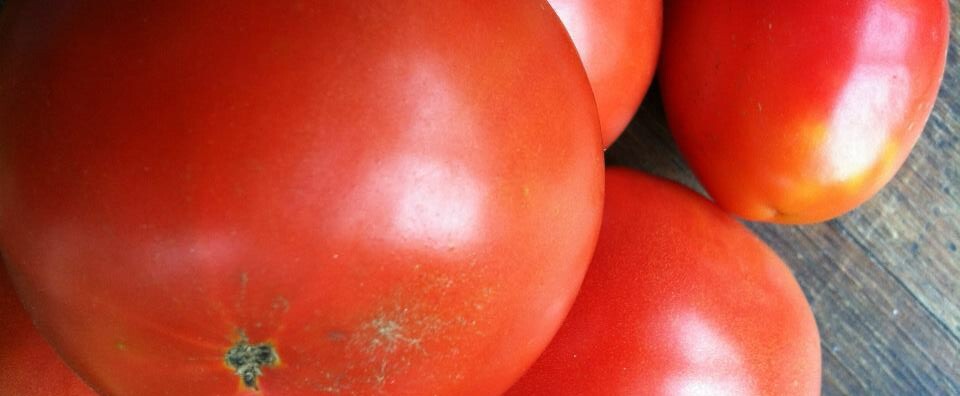

And here’s a fun recipe that looks more complicated than it is. Basically they’re making a big pot of chili (using their barbecued brisket) and then serving it out of individual bags of Fritos.

I’ve been using my turnips in soups this month. Try this one from Prevention magazine. Put in as many turnips and carrots as you like.
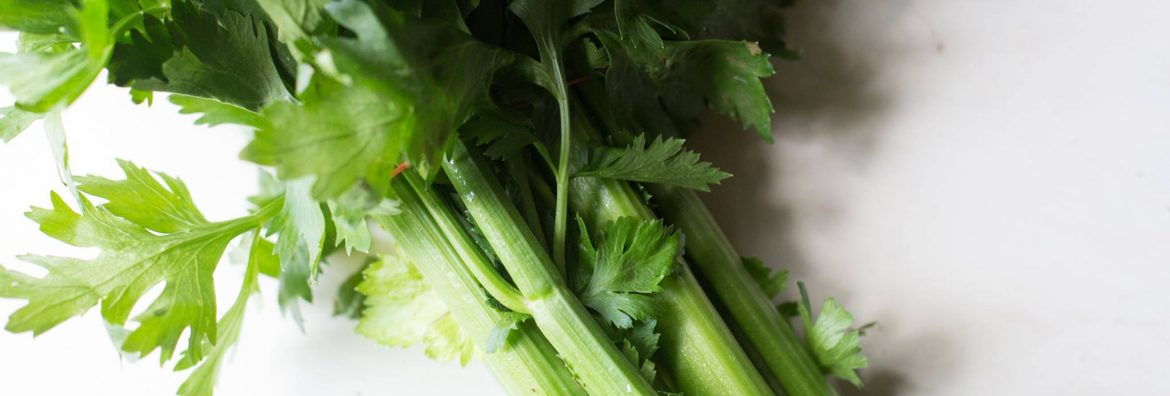
This recipe showed up in my inbox today, sent by the folks at the Splendid Table. It’s from “Malaysian: Recipes From a Family Kitchen” by Ping Coombes. When I saw the first sentence of their description, I thought it was apropos for that beautiful bunch of celery in today’s box: “The star of the dish here is the celery. It’s an undervalued vegetable and often an afterthought thrown into salads or soup stock, or served as crudités, or enjoyed with a Bloody Mary. But I love this vegetable. If I can have it stir-fried with loads of garlic, salt and white rice, I am a happy girl. I find the combination of medium-rare beef and celery divine, so here is my version of Cantonese black bean and beef, given a celery oomph. Serve it with plenty of rice.”

This is adapted from a recipe in Fine Cooking magazine.
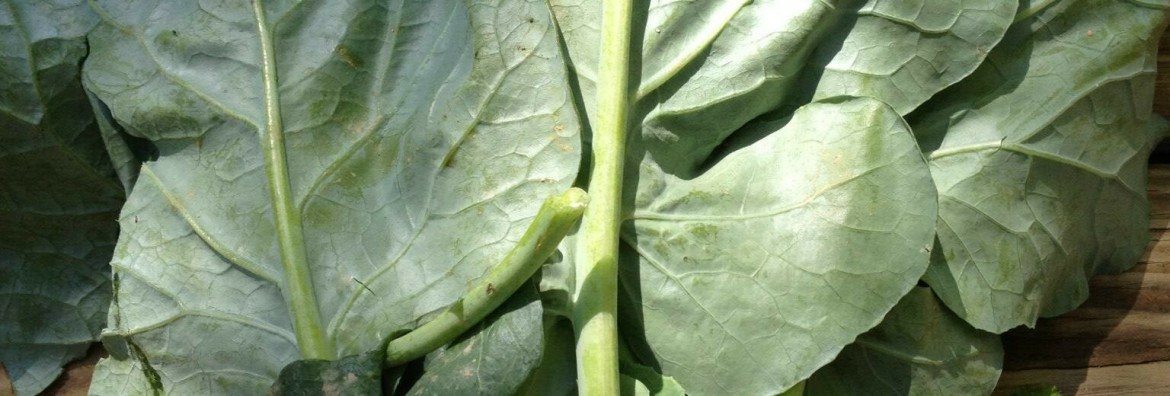
Adapted from a recipe in “Smoke & Pickles” by Edward Lee.
Serve with “Imperfect Rice.”
The rice recipe makes enough for 4 large rice bowls or 6 appetizer-sized ones
The goal when cooking rice this way is to achieve a thin layer of toasted crust in the bottom of the pot. The crispy layer in contrast with the fluffy layer of rice on top is a sumptuous combination. I use a 10-inch cast-iron skillet. You could seek out a stone rice crock like the ones they use in Korean restaurants, but the cast-iron pan works just fine. Make your favorite toppings while the rice is cooking. When the toppings are ready, divide the warm rice, crunchy bits and all, among rice bowls and serve.
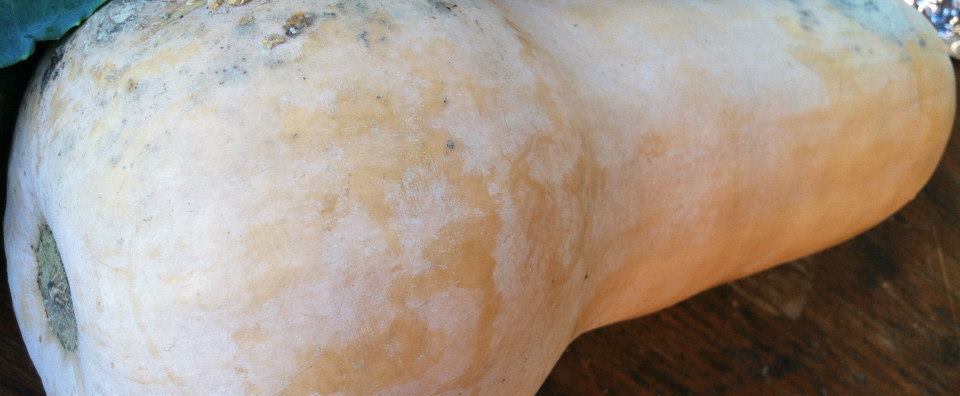
Butternut chili recipes abound because butternut is a delicious addition to any chili recipe, soaking up and complementing the flavors in a way few other vegetables can do. This recipe started out in Bon Appetit. Use whatever dried whole peppers you have on hand. And if you don’t have any, then chili powder will do. Lots of great chili recipes start with this toasting/soaking/grinding step for dried chiles and so I keep a few small bags on hand in the freezer. If I were more of a connoisseur, I suppose I would be more stringent about which peppers I use, but I find they all turn out pretty delicious.

Asha Gomez, chef-owner of Spice to Table and the late lamented Cardamom Hill, says it was Fat Matt’s Brunswick stew that inspired this dish, a riff on the beef stew her grandmother made in Kerala, India. I’ve adapted this from a recipe published in Atlanta magazine.

I have to laugh as I put together this recipe because my little bag of sugar snaps? It’s all gone. I ate it while I was pulling together these recipes. But maybe you showed more restraint?
It’s a long list of ingredients, but goes together really quickly. If you don’t keep oyster sauce on hand, it’s ok to just skip it.
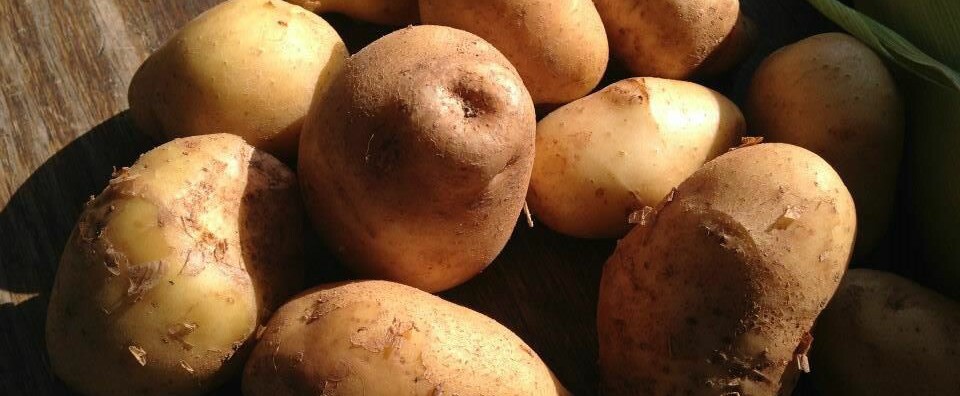
This recipe is from “Keepers: Two Home Cooks Share Their Tried-and-True Weeknight Recipes and the Secrets to Happiness in the Kitchen,” by Kathy Brennan and Caroline Campion. I’m pretty certain most of us don’t need too many ideas for potatoes, but since we’ve had an abundance (yay!) this year, I figured one new recipe couldn’t hurt.
From the authors of the cookbook: This recipe is based on a popular Japanese stewed dish called nikujaga (niku means “meat;” jaga means “potato”), which Kathy’s mom often made when she was growing up. It’s home cooking at its best, the kind of food you want to eat when you’re tired or in a funk or under the weather.
Unlike in America, stewed dishes in Japan tend to be very light and contain only a small amount of liquid, which is more of a flavorful broth than a “sauce.” Like most stews, though, it reheats wells and tastes even better when the flavors have had time to meld, so don’t hesitate to make it in advance or to double the recipe to ensure leftovers. This is also a good dish for nights when people will be eating dinner at different times; just leave it on the back of the stove and spoon it out when needed. Serve with steamed rice, if you like.

This recipe was first published in Fine Cooking magazine.